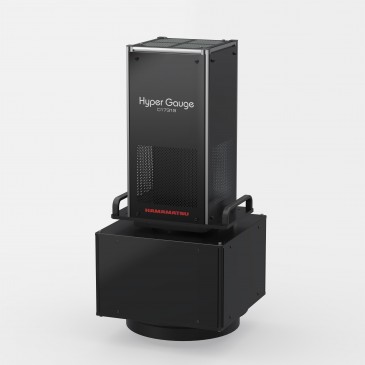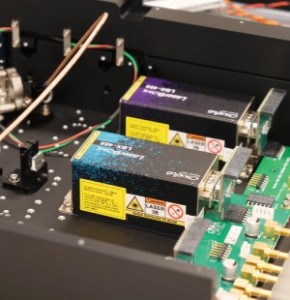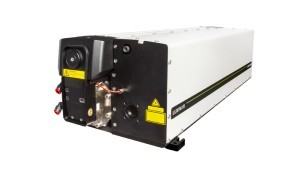-

World Record 430 Tb/s Transmission in Commercially Available Optical Fiber
The National Institute of Information and Communications Technology (NICT, President: TOKUDA Hideyuki, Ph.D.), together with 11 international research partners, has demonstrated a record-breaking 430 terabits per second (Tb/s)... -

Scientists Make Dark Exciton States Shine
A research team at the City University of New York and the University of Texas at Austin has discovered a way to make previously hidden states of light, known as dark excitons, shine brightly, and control their emission at the... -
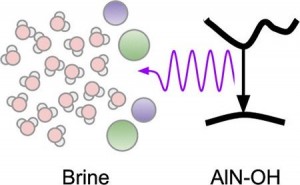
UV Light Holds Promise for Energy-Efficient Desalination
A team of UC Riverside (California) researchers has uncovered a potential breakthrough in solar desalination that could reduce the need for energy-intensive saltwater treatment. Led by Luat Vuong, an associate professor of... -
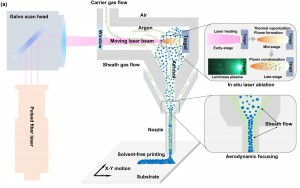
Laser-generated Dry Aerosols Enable Green Manufacturing of Electronics
Researchers at Trinity College Dublin have unveiled a novel inkless printing method that could transform the way functional materials and devices are manufactured. The technique, called Laser Ablation Dry Aerosol Printing... -

Study Shows Quantum Computing Can Make Your Home Smarter and Greener
Residential heating, ventilation, and air conditioning (HVAC) systems constitute a significant proportion of energy usage in buildings, necessitating energy management optimization. Occupancy aware HVAC control is a promising... -
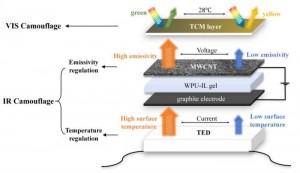
Adaptive Visible-infrared Camouflage for Extreme Ambient Temperatures
From thermal cameras to multispectral sensors, modern surveillance technologies are increasingly difficult to evade, creating urgent demand for camouflage that adapts across both visible and infrared bands. Yet progress has long... -
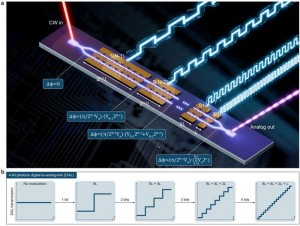
Digital to Analog in One Smooth Step
Addressing a major roadblock in next-generation photonic computing and signal processing systems, researchers in the Harvard John A. Paulson School of Engineering and Applied Sciences (SEAS) have created a device that can bridge...
-
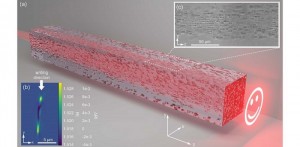
Ultrafast Laser Method Assists in Directing Light
Photonic technologies and applications often require light signals to be manipulated in three dimensions such as in optical computing, fiber imaging, data transport and quantum technologies. To be useful, the shape and direction of light must be... -
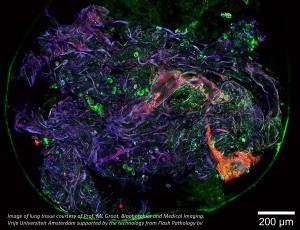
Sub-50 Femtosecond Pulse Lasers for Gentler Multiphoton Microscopy
Finding the ideal ultra-fast laser source for a multiphoton imaging setup is not trivial. It is a fine balance between peak power, pulse energy and laser wavelength. In this white paper we discuss important laser parameters and the impact these... -

Optics Measure How Microplastics Hinder Light Flow in Our Oceans
Plastics have only been around since the 1950s and yet they’re everywhere: scattered in our lakes, rivers, floating on the top of oceans, and dropping to the bottom. Back in the 1950s and 60s, plastics were hailed as a useful invention, used... -
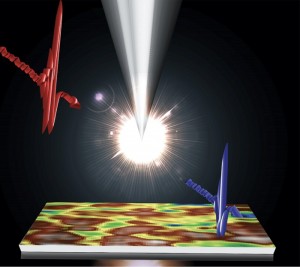
Terahertz Microscopy Explores New Material for Solar Cells
A team of scientists from the Department of Energy’s Ames National Laboratory gained insight into a possible alternative material for solar cells. The team, led by Jigang Wang, senior scientist from Ames Lab, developed a microscope that uses... -

Gaps noted in lung cancer diagnostics and treatment
Lung cancer is most common cancer in men and the 2nd most common cancer in women according to World Cancer Research Fund International. Lung cancer is the leading cause of cancer death overall and among both men and women, according to the American... -
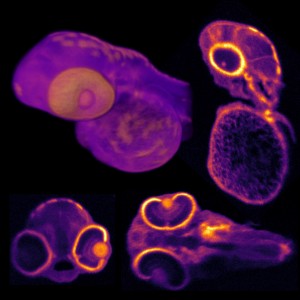
Advances in Optical Coherence Tomography
Optical coherence tomography (OCT) uses light for cross sectional imaging and is most commonly used for medical diagnostics, but it also has uses in applications such as analyzing paint on automobiles, nondestructive testing, and more. The global... -

Brain Research Advances with Light-Based Technologies
Common methods of brain imaging present many challenges: some are invasive, others may contain harmful radiation, and many are difficult to use or require the patient to remain absolutely still throughout the process. Today researchers are...




























